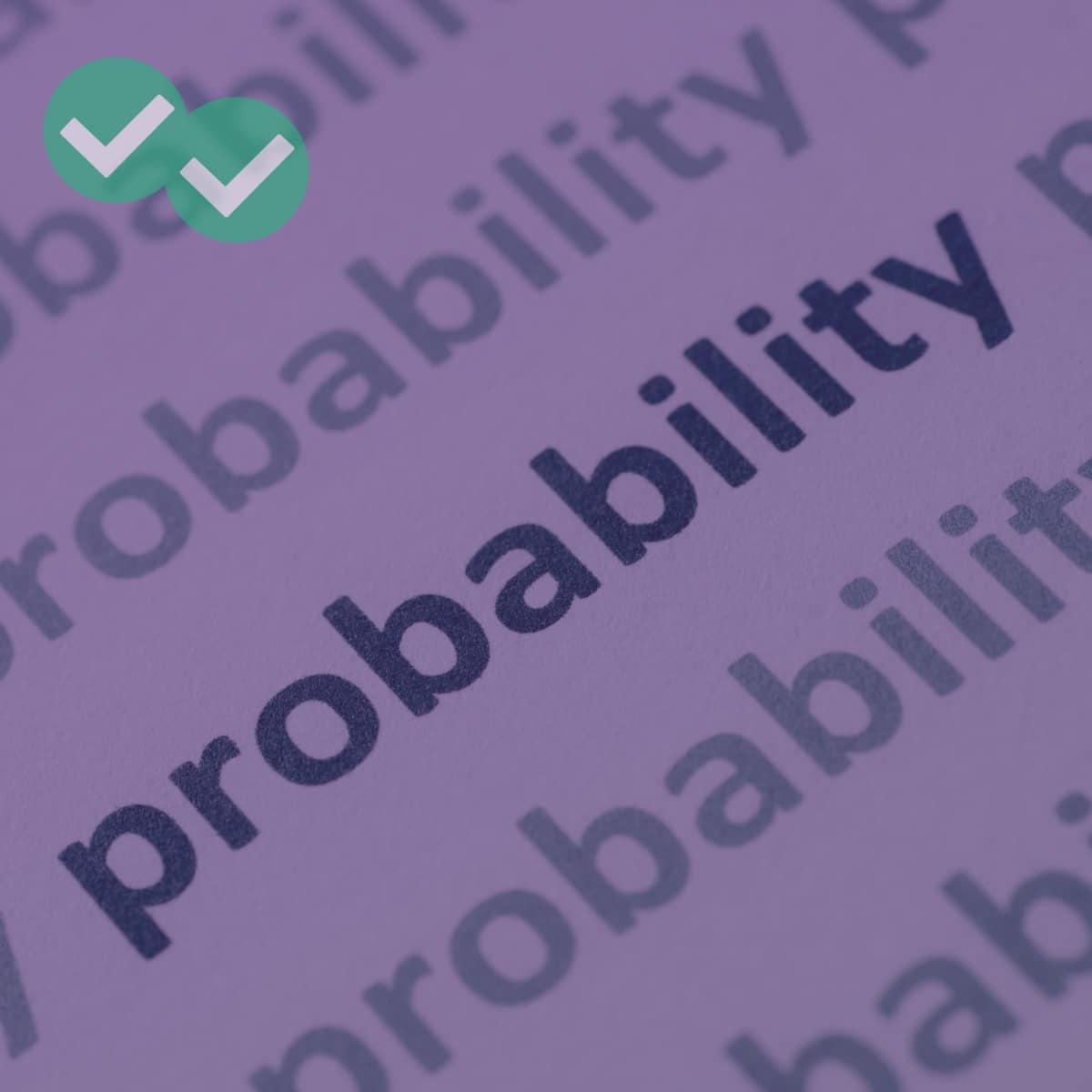Category: GRE Math Question Types
-

Mastering Probability Questions on the GRE
Probability questions in the GRE are both intriguing and challenging–testing your ability to analyze uncertain events and make informed decisions based on statistical principles. While there won’t be many Probability questions on the GRE, we have some strategies to help you enhance your problem-solving skills and get a competitive GRE score! Understanding probability questions Probability…
-

Is Calculus on the GRE? Preparing for Advanced Math Concepts
The Quantitative Reasoning section of the GRE can be quite challenging for many test-takers. You may be wondering if you’ll need to know advanced math concepts like Calculus for this test. Well, here’s the scoop: while the GRE doesn’t directly test calculus, it does include some advanced math topics. In this article, we’ll dive in…
-

Mastering Quantitative Comparison Questions on the GRE
The Quantitative Reasoning section of the GRE is all about flexing your math muscles and solving problems. One unique—and sometimes tricky—type of question you’ll encounter here is the Quantitative Comparison (QC). These questions require you to compare two quantities and determine their relationship, rather than providing a single numerical answer. In this article, we will…
-

Mastering Permutations and Combinations for the GRE
If you’re feeling a little tangled up in permutations and combinations, you’re not alone. These concepts are key players in many fields, including probability theory, statistics, and computer science. And yes, they also love to pop up in the GRE’s quantitative reasoning section. But don’t worry, we’ve got your back. Let’s untangle these topics together…
-
How Many Data Interpretation Questions on the GRE?
For students who spend most of their time studying from the ETS book and the on-line paper-based tests, you are probably used to seeing four Data Interpretation questions per test. On the actual test, which has twenty questions per math section, there are only three Data Interpretation questions per section, leading to a total of…
-
Quantitative Comparison and Manipulation
Many quantitative questions have variables in both columns. While your first instinct may be to work algebraically, this strategy is not always best. Often the fastest way to a solution is by plugging in different values to see which column is greater. Developing a sense of when to plug in and when to solve algebraically…
-
Quantitative Comparison: “The Relationship Cannot Be Determined from the Information Given” Answer Choice
The quantity in Column A is greater The quantity in Column B is greater The two quantities are equal The relationship cannot be determined from the information given Many people dread choosing answer choice (D) on Quantitative Comparison (QC) Some feel it may be conceding defeat. Others think that the GRE is trying to trick…
-
The Basics of Data Interpretation on the GRE
Data interpretation, or data analysis, is one of four main concepts under which GRE math questions can be categorized. Within each Quantitative section, you will have, on average, two sets of Data Interpretation questions. Each set will present data in some form (graph, table, etc.), and you will have two or three consecutive questions on…
-
GRE Data Interpretation Strategies
Helpful Tips for the GRE Data Interpretation Section If I had to count the number of questions/concerns regarding combinations or permutations, I’d have to use some pretty mighty factorials to do so. On the other hand, if I had to count the number of times students have expressed the same misgivings regarding Data Interpretation, I’d…
-
GRE Quantitative Comparison: The Devil is in the Details
Many quantitative comparison questions come with parameters. Parameters are basically a few ground rules that are listed above Column A and Column B. x is a positive integer Column A Column B The quantity in Column A is greater The quantity in Column B is greater The two quantities are equal The relationship cannot…



